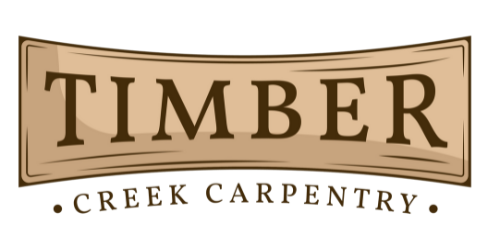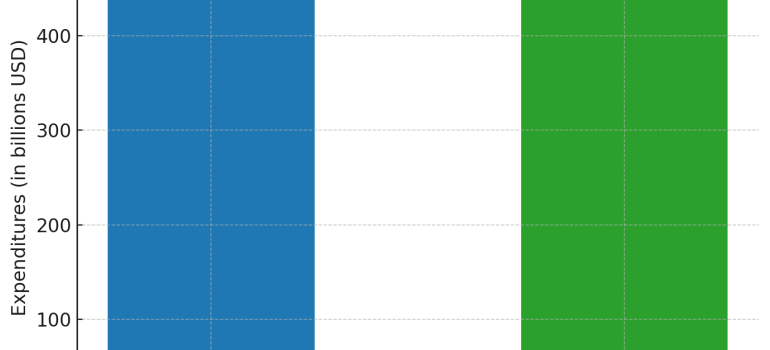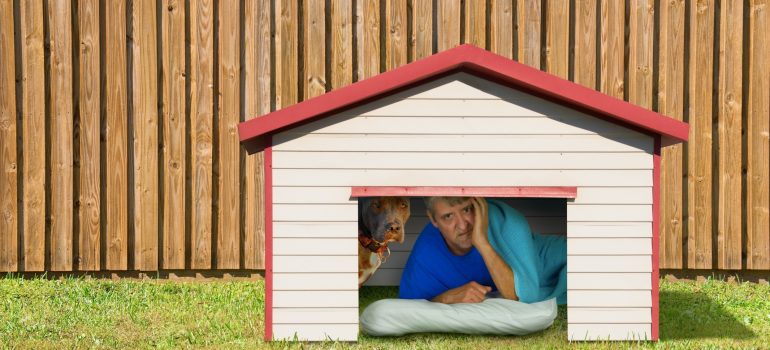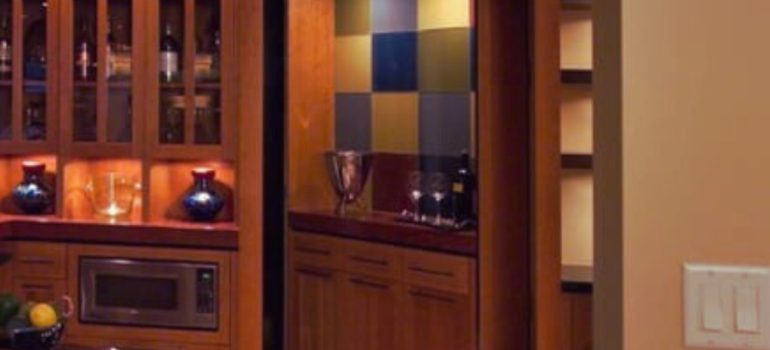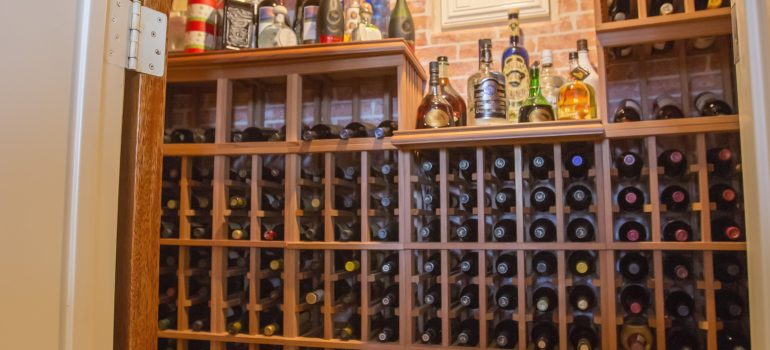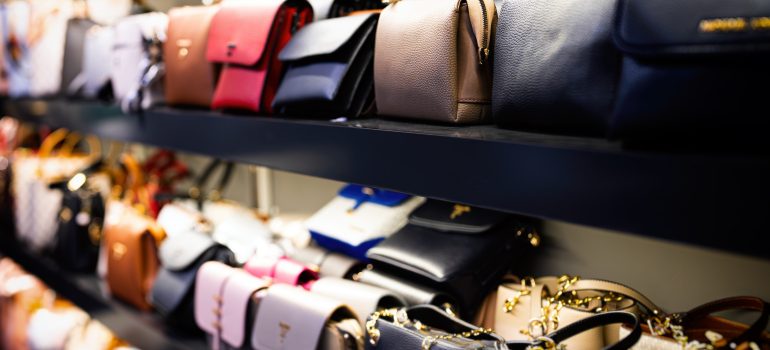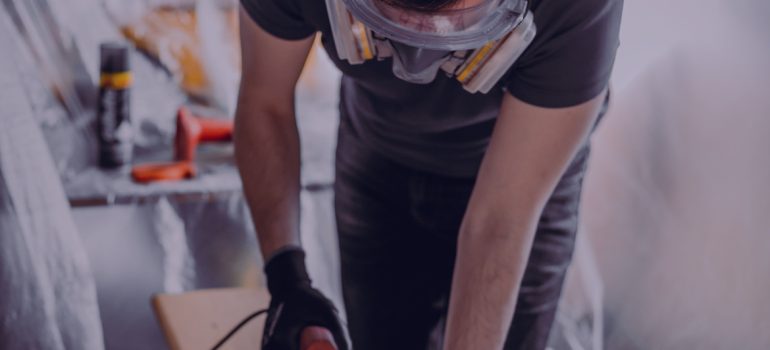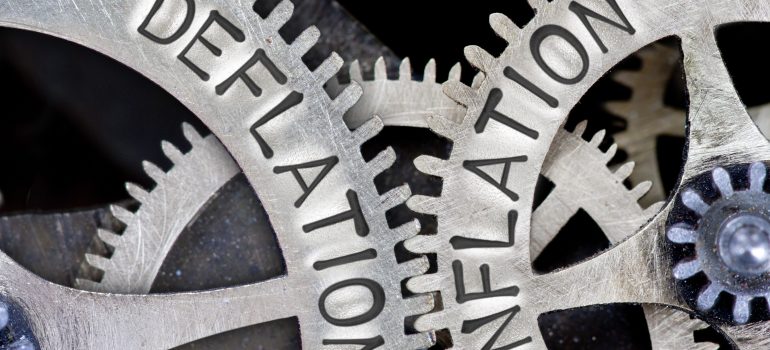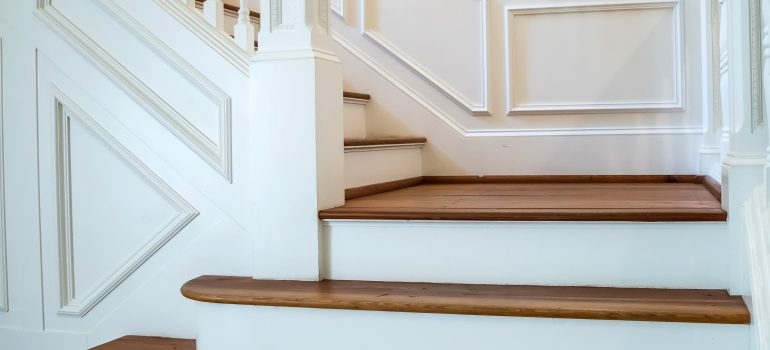US Medium Home Remodeling Expenditure
In 2025, home remodeling expenditures in the United States are projected to experience modest growth, influenced by various economic factors and homeowner preferences. Here’s an overview:
National Remodeling Expenditures
-
-
-
Total Spending: Annual expenditures for improvements and maintenance to owner-occupied homes are expected to grow at a mild pace throughout 2025, reaching an annual rate of $477 billion by mid-year, approaching the previous record of $487 billion. wsj.com+2jchs.harvard.edu+2jchs.harvard.edu+2
-
Median Project Costs: The median spending on home renovations has increased by 60% since 2015, with high-end renovations nearly doubling to $150,000. axios.com
-
-
Factors Influencing Remodeling Expenditures
-
-
-
Home Equity: Homeowners have amassed significant home equity, with estimates suggesting an average of about $400,000 per homeowner. This substantial equity provides a financial resource for funding renovation projects. investopedia.com+1wsj.com+1
-
Interest Rates: As borrowing costs decrease, analysts and building-products executives predict a resurgence in home renovation spending in 2025. wsj.com
-
Aging Housing Stock: The median age of U.S. homes has reached 41 years, the oldest in history, leading to increased demand for updates and renovations. wsj.com
-
-
Regional Variations
-
-
-
High-Spending Regions: Fast-growing areas in Utah, Idaho, Colorado, Washington, and Oregon have seen higher investments in home improvements, with Utah residents leading at 17.0 loans per 1,000 homeowners. constructioncoverage.com
-
Lower-Spending Regions: States like Louisiana have lower home improvement loan origination rates, with just 2.1 loans per 1,000 homeowners. constructioncoverage.com
-
-
Popular Remodeling Projects and Costs
-
-
-
Kitchen Remodels: A top home improvement project, with homeowners spending a median of $60,000. realsimple.com
-
Bathroom Renovations: Average around $12,100, with trends leaning towards spa-inspired designs. Americas General Contracting
-
Smart Technology Integrations: Incorporating smart home features has become standard, focusing on security and automation. Americas General Contracting
-
-
Recommendations for Homeowners
-
-
-
Budgeting: Allocate funds based on the scope of the project, considering both immediate needs and potential return on investment.
-
Professional Consultation: Engage with reputable contractors to obtain accurate estimates and ensure quality workmanship.
-
Financing Options: Explore home equity loans or lines of credit, especially given the substantial equity many homeowners currently possess.investopedia.com
-
-
By staying informed about current trends and economic factors, homeowners can make strategic decisions that enhance their living spaces and potentially increase property value.
